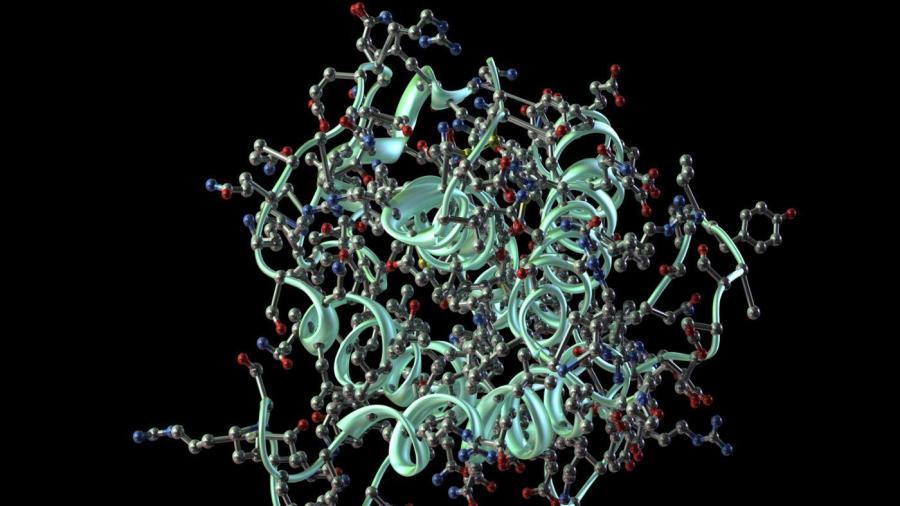How Do Humans Grow?

Human growth or maturity is prompted by human growth hormone, commonly referred to as HGH, a hormone secreted by the pituitary gland responsible for muscle and bone growth, fat metabolism and the regulation of body composition. Once HGH is secreted, it helps coordinate the various growth processes, such as turning cartilage into bone, one of the main processes responsible for human growth.
Much of a baby’s body is composed of flexible cartilage, which is much softer than bone. As a baby develops, the cartilage slowly begins to ossify, or turn into bone, by a process known as ossification. Within the center of the bone, cells called osteoblasts slowly turn cartilage into cortical bone. Growth in children, for the most part, occurs at night while they are sleeping.
During this process, the ossification center located at the center of the bone slowly turns cartilage to bone. The growth plate of the bone, which is located near top of the bone, tells the cells to extrude themselves by producing more cartilage to lengthen or grow the bone. Slowly, the new cartilage, known as articular cartilage, produced by the growth plate is calcified or turned into bone. As this process continues, the growth plate produces more cartilage, the bones lengthen and the body grows. Later, the cartilage calcifies.
The growth plate is essentially responsible for lengthening or growing the bone. Eventually, the pituitary gland stops producing as much HGH and bone growth slows. During adulthood when growth stops and bones no longer need lengthening, the articular cartilage calcifies.





